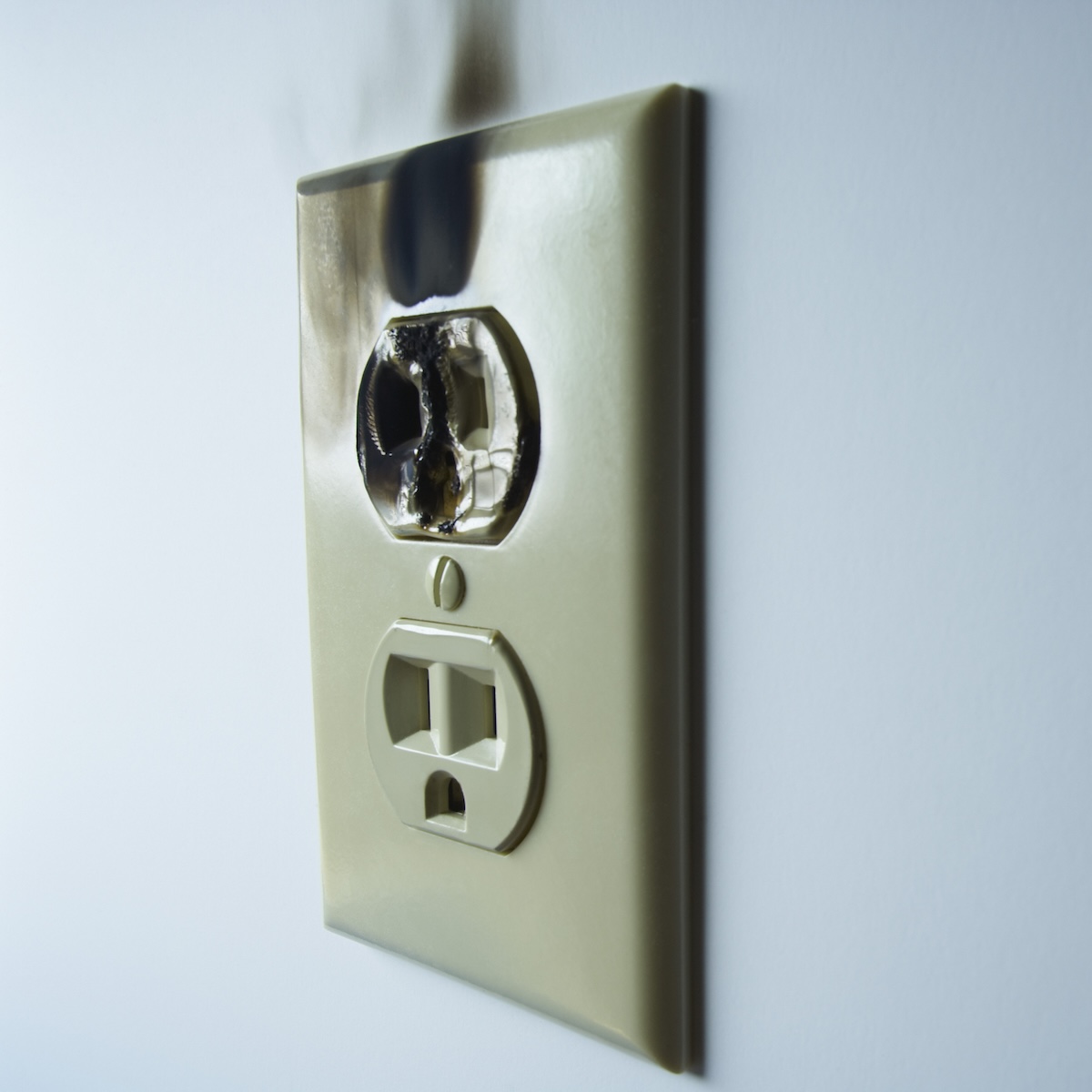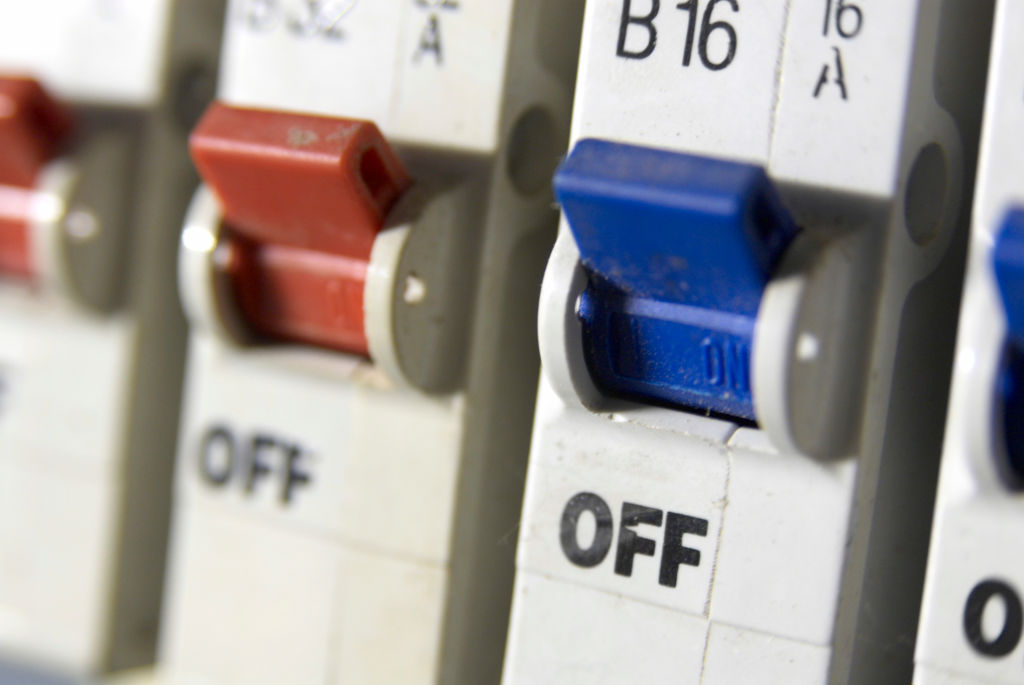

We may earn revenue from the products available on this page and participate in affiliate programs. Learn More ›
Is your garage filled with unused tile, half-open boxes of light fixtures and other items that you purchased with the intention of renovating your home? You are not alone. Many homeowners take on more than they can handle and then stall out before finishing a home improvement project.
A recent Ace Hardware Home Services national survey of 1,000 millennial homeowners aged 29 to 44 found that 87 percent say they currently have at least one repair project pending, and 84 percent admit they have delayed work on such projects.
Whether this happens because of budget or time constraints or because homeowners underestimate the knowledge and skills needed to get the job done, the real concern is that unfinished projects can decrease property values, leave homeowners feeling frustrated and defeated in their own homes, and even lead to safety hazards.
For example, electrical issues are the main type of repair plaguing 66 percent of households, according to the survey. Therefore, it’s imperative that electrical projects are finished before a safety hazard or even disaster happens, like a fire. We spoke to a couple of electricians to determine which electrical repairs homeowners should address right away, electrical projects that tend to be DIY-friendly, and when it’s best to call a professional.

Electrical Repairs You Should Never Ignore
When it comes to fixing wires, lights, and other electrical components, it’s best not to wait too long. Here are some of the common electrical repairs to tackle right away.
Flickering Lights
If you notice any lights in your home flickering, you might think it’s just an annoyance. While the cause could be as simple as a loose bulb, it could also be a warning sign of a more serious problem, says Spencer Mattson, a licensed electrician with Harts Plumbers, Electricians & HVAC Technicians in Tacoma, Washington. “It could be a failing connection or an issue with the panel,” says Mattson. “These kinds of failures can lead to power loss or even damage to your appliances, so I’d recommend calling a licensed electrician right away.” It left unchecked for too long, it could also lead to an electrical fire in the walls.
Hot or Buzzing Outlets
If you touch an outlet and it feels warm or you hear a faint buzzing when something’s plugged in, it’s important to take action, advises Davit Jabakhidze, electrical account manager at Home Alliance. “That’s heat buildup from a loose connection or an overloaded circuit,” he says. “I’ve seen these melt outlet boxes from the inside out. By the time you smell it, it’s already pretty serious.” He recommends cutting the power at the breaker and calling an electrician.
Tripped Circuit Breaker
If you find yourself resetting a tripped breaker more than twice in the same week, then that’s a red flag. “Repeated tripping is usually a sign of overloaded circuits, faulty appliances, or grounding issues,” says Jabakhidze. “Figure out what’s on the circuit, how much it’s pulling, and whether the wiring can handle it. A licensed electrician can map it out and redistribute the load before the wires behind the wall decide to retire in a puff of smoke.”
Burning Smells or Strange Odors
An odd smell coming from an electrical outlet, especially one that resembles something burning, should never be ignored. This could indicate that the wiring is overheating or the electrical system in your house is short-circuiting. Since electrical fires often start behind the wall, you should explore any clue that there is a problem. Once you notice the smell, turn off the power to the affected area and call a pro to assess the situation.

DIY-Friendly Electrical Projects
Electrical work is dangerous and not the best opportunity for a DIY challenge. “The only project I usually tell homeowners they can tackle themselves is swapping out light fixtures, and only if they’re comfortable turning off the power at the breaker and know what they’re doing,” says Mattson. “Beyond that, it’s not worth the risk. Some of the worst electrical failures and major problems I’ve seen were caused by homeowners’ DIY jobs gone wrong.” You could also really hurt yourself by getting an electrical shock.
Replacing a light switch is considered a DIY-friendly electrical project as long as you follow basic safety measures. You’ll need some key tools and materials, including a replacement light switch, screwdriver, wire stripper, needle-nose pliers, and voltage tester. This project involves cutting the power, unfastening the screws to pull the switch from the wall, attaching the hot and neutral wires to the new switch, and then attaching the ground wire. Finally, restore power to the light switch through the electrical panel. Test it to make sure it works, and if so, screw the faceplate back into position.

When to Hire a Pro
Unlike other home improvement projects, electrical repairs involve complex systems that require specialized knowledge, tools, and equipment to identify problems that aren’t visible to the untrained eye. This type of work is particularly risky and not the best option for DIYers to try to address on their own.
Home electrical fires account for about 51,000 fires each year, nearly 500 deaths, more than 1,400 injuries, and $1.3 billion in property damage, according to the Electrical Safety Foundation International (ESFI). Therefore, tasks such as panel work, breaker replacement, service upgrades, and rewiring should be left to licensed electricians. Never touch electrical panel work, anything involving main service lines, or complex wiring behind walls.
